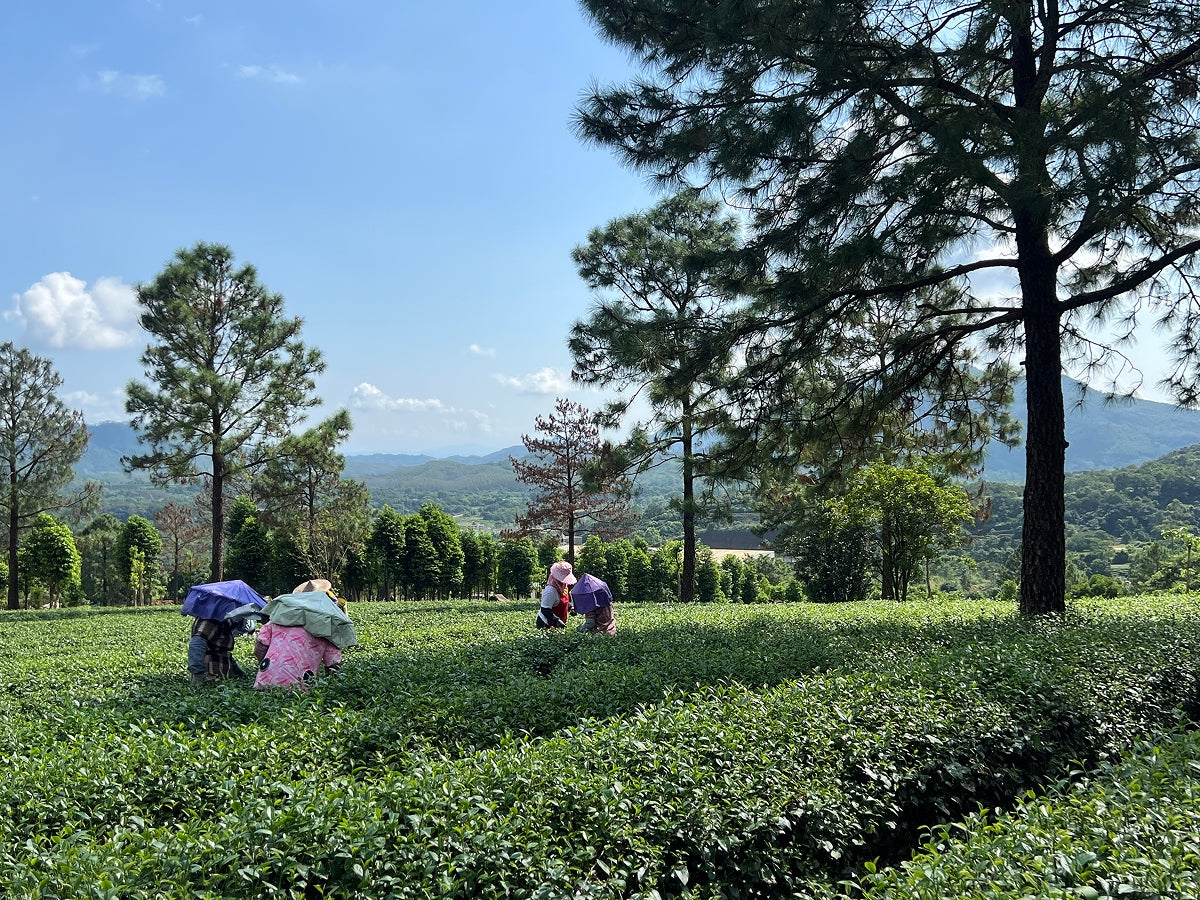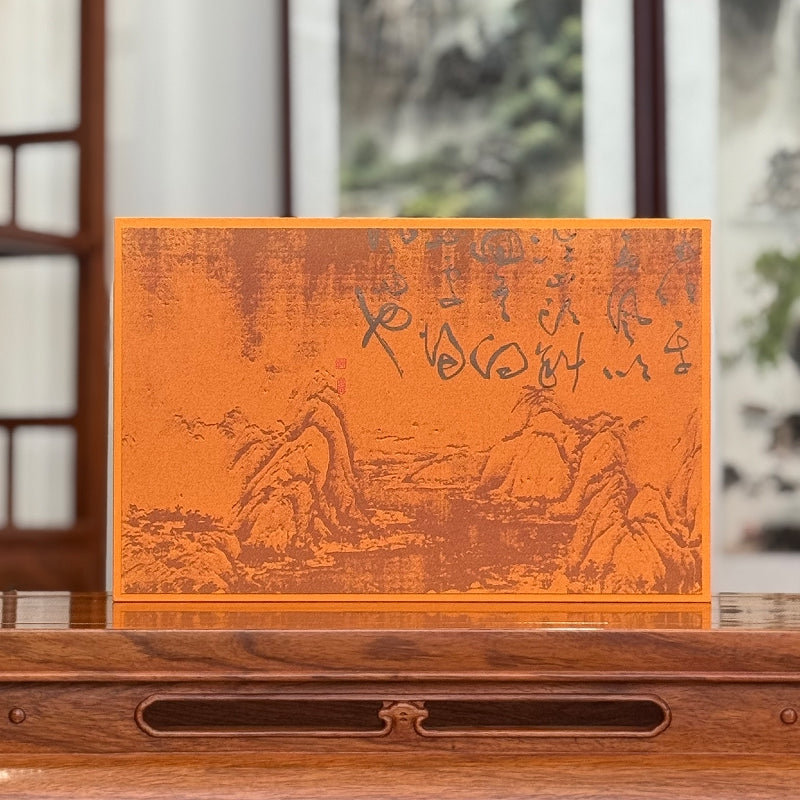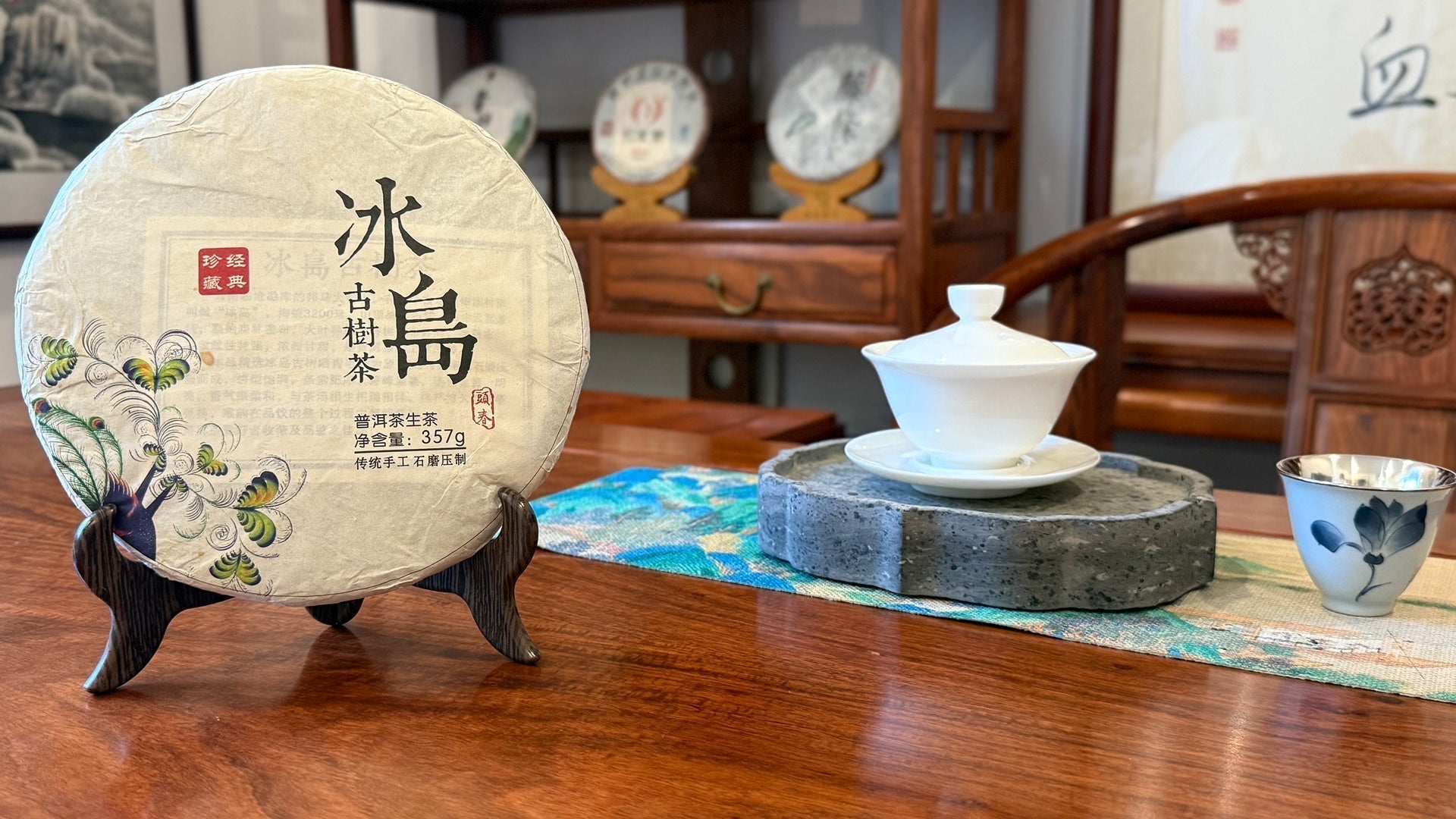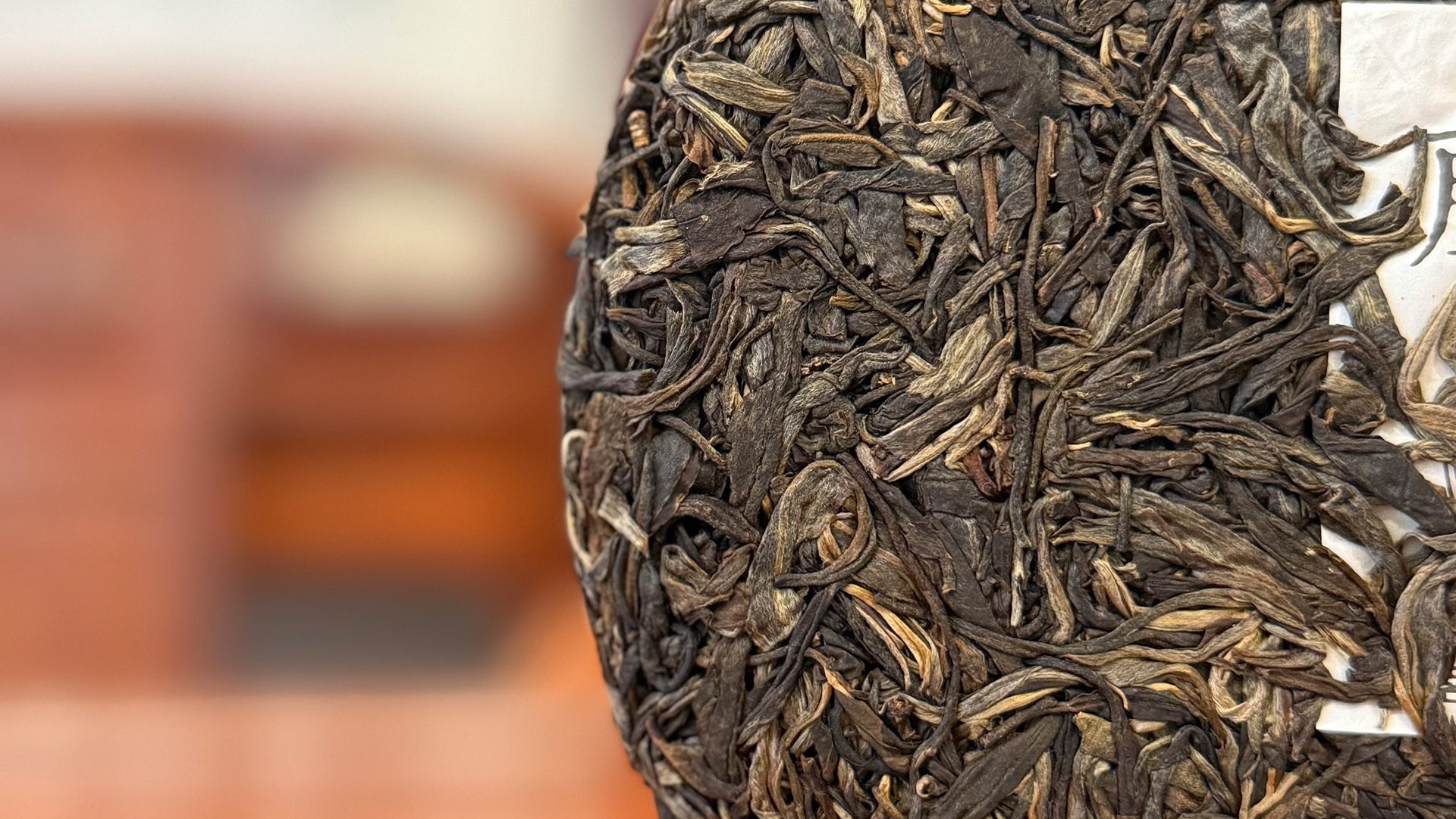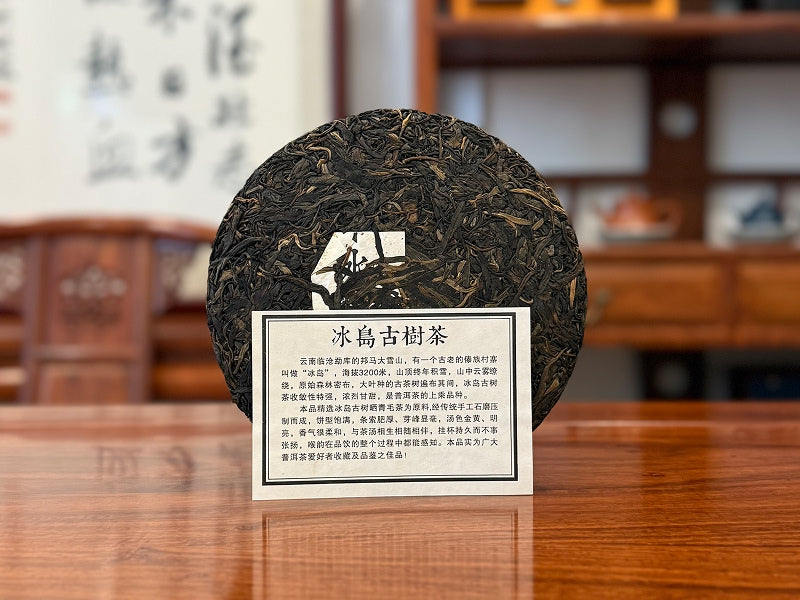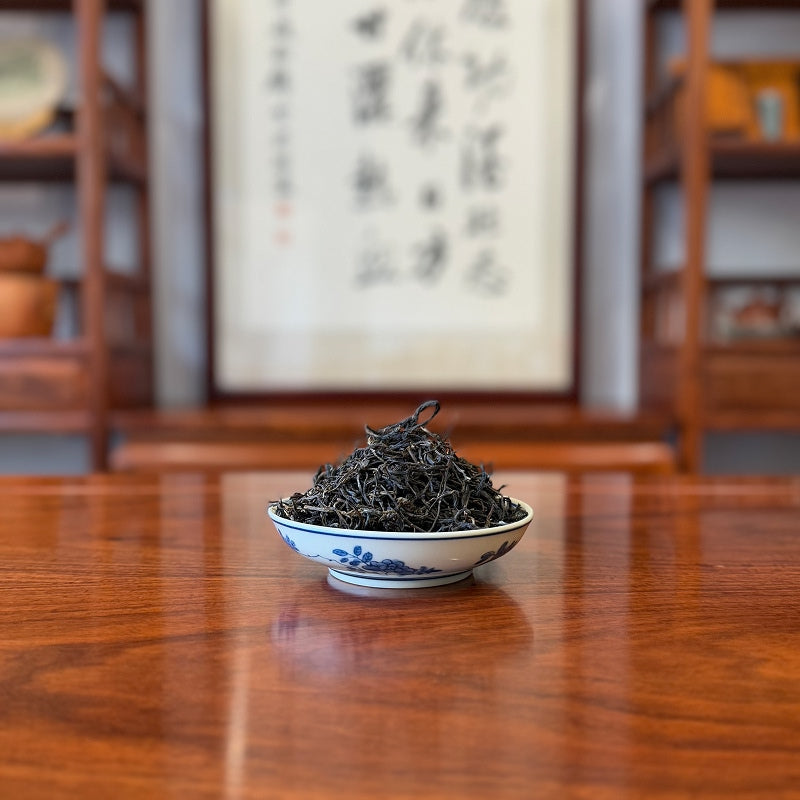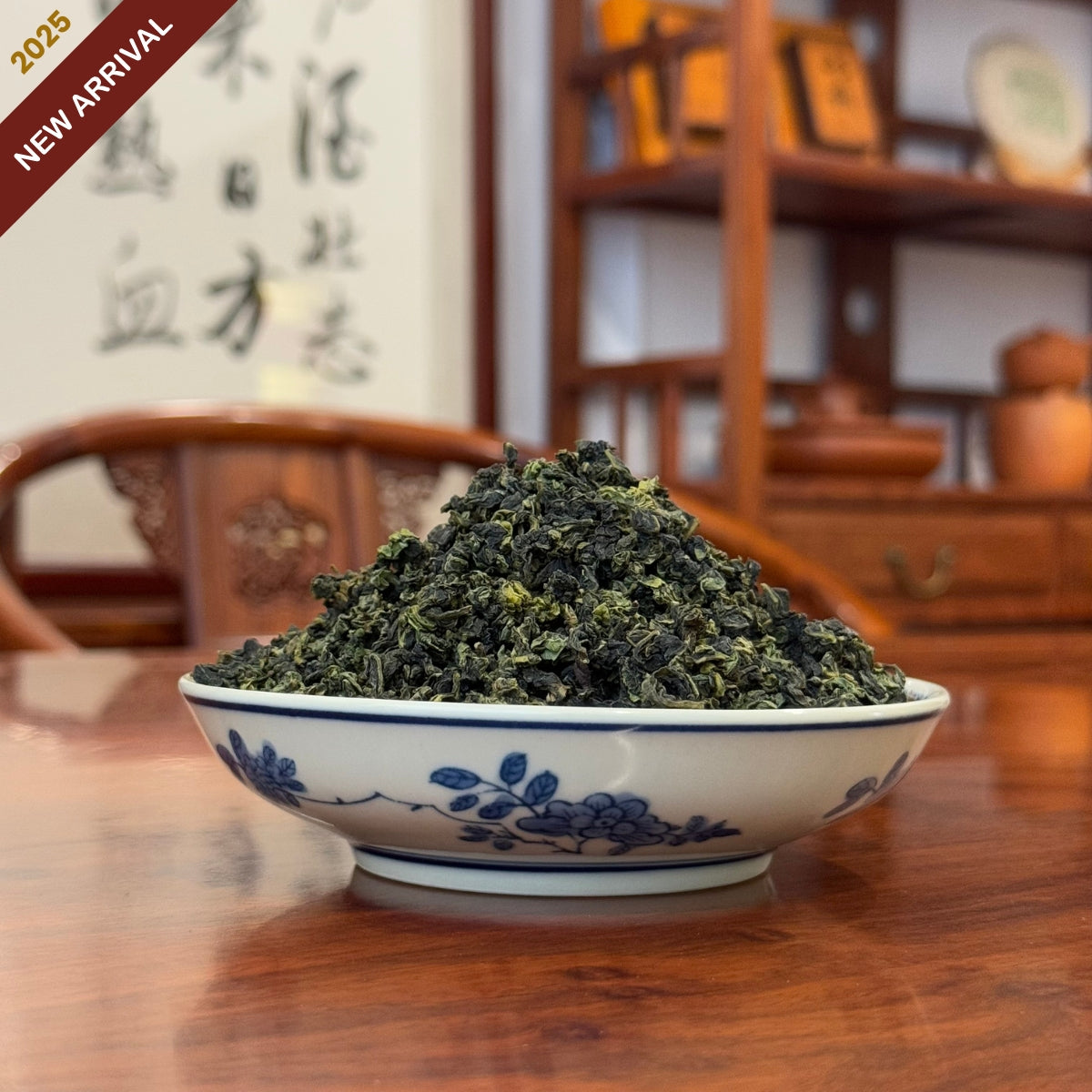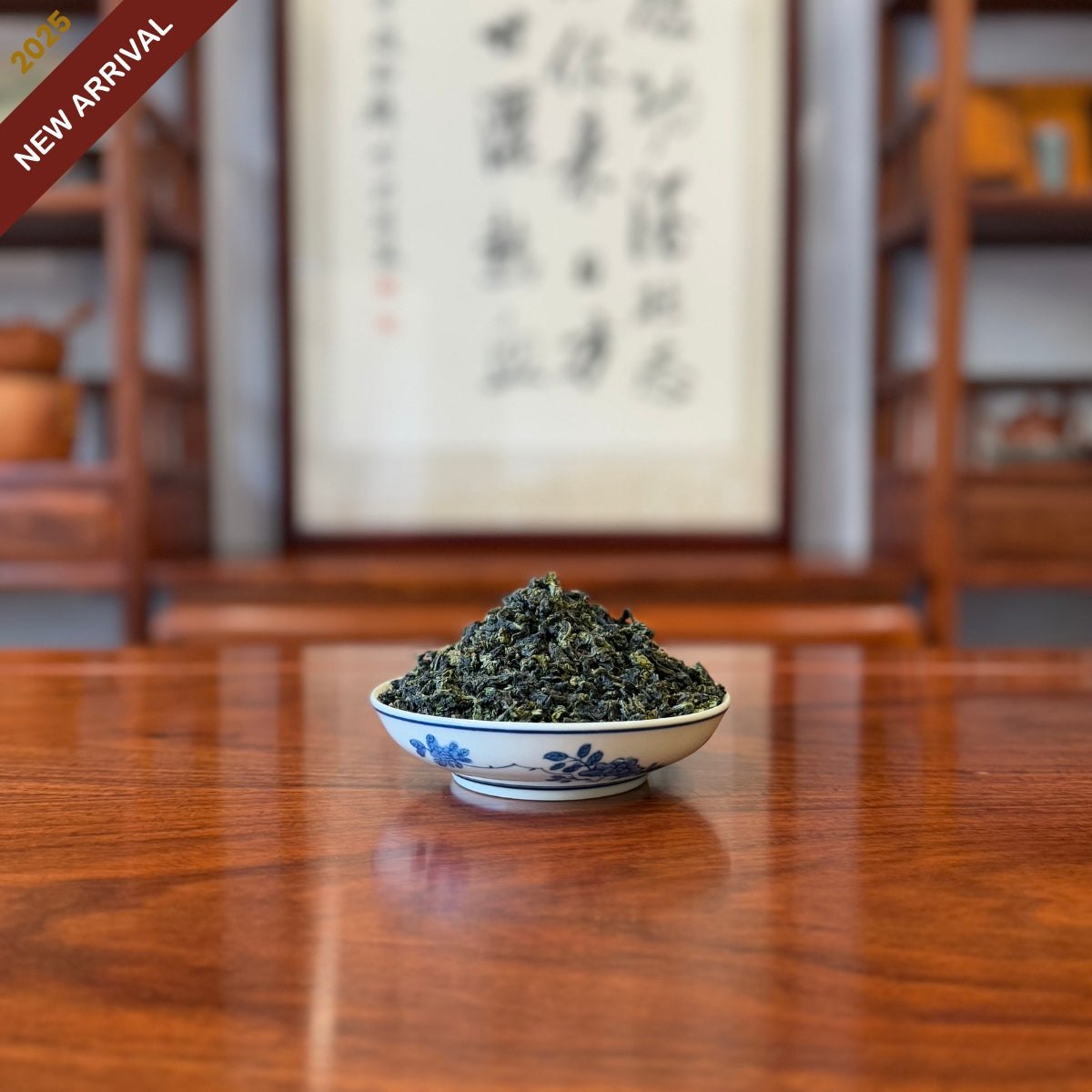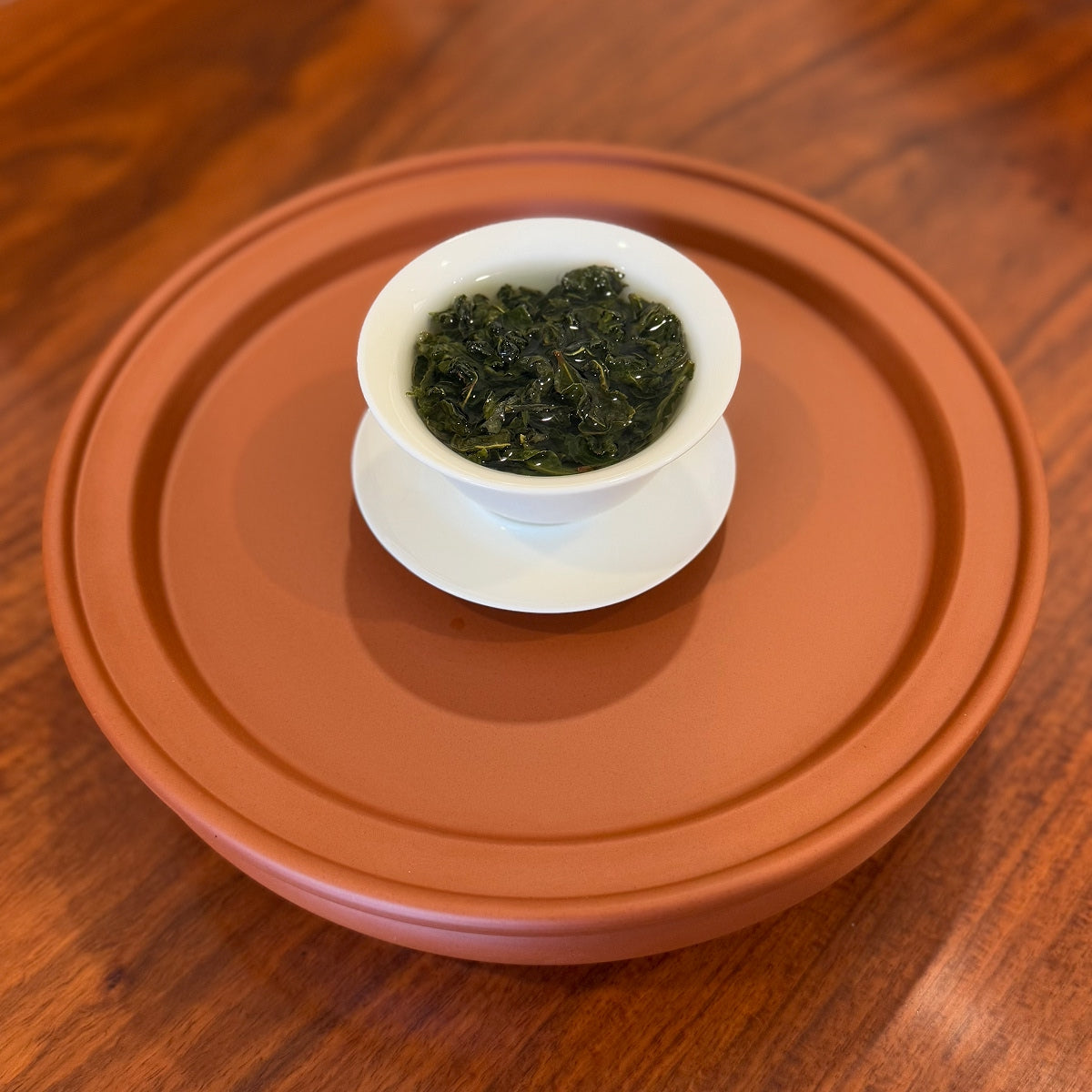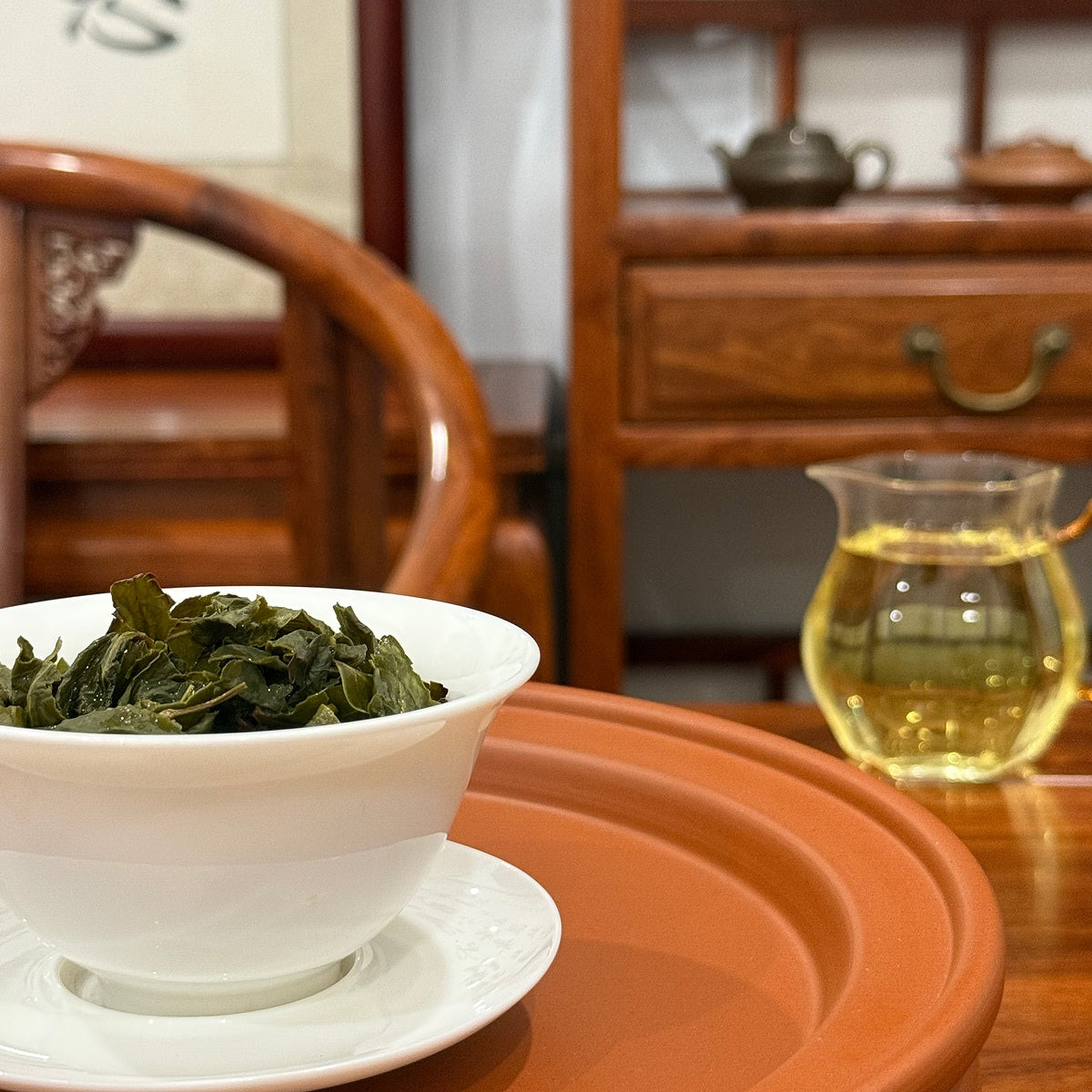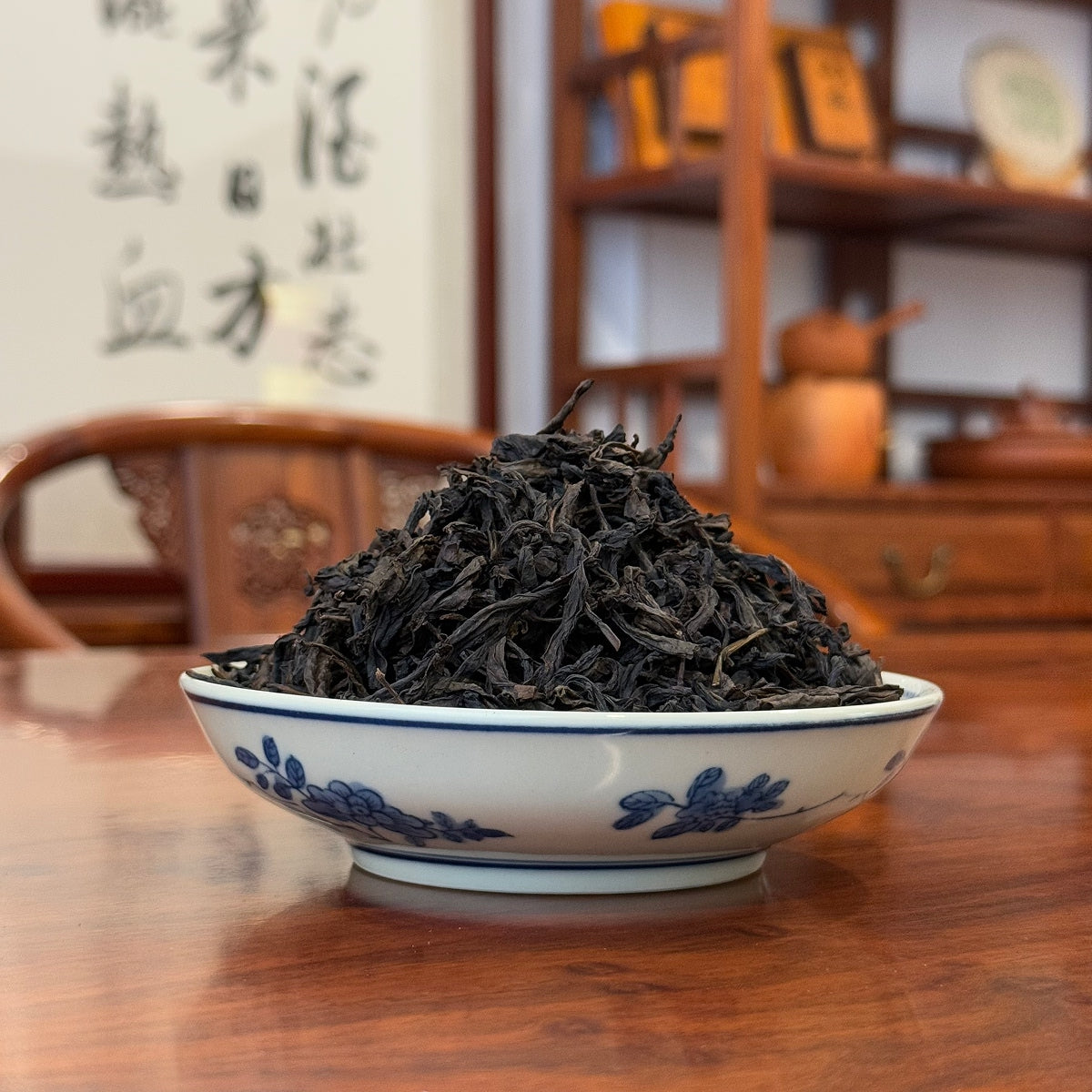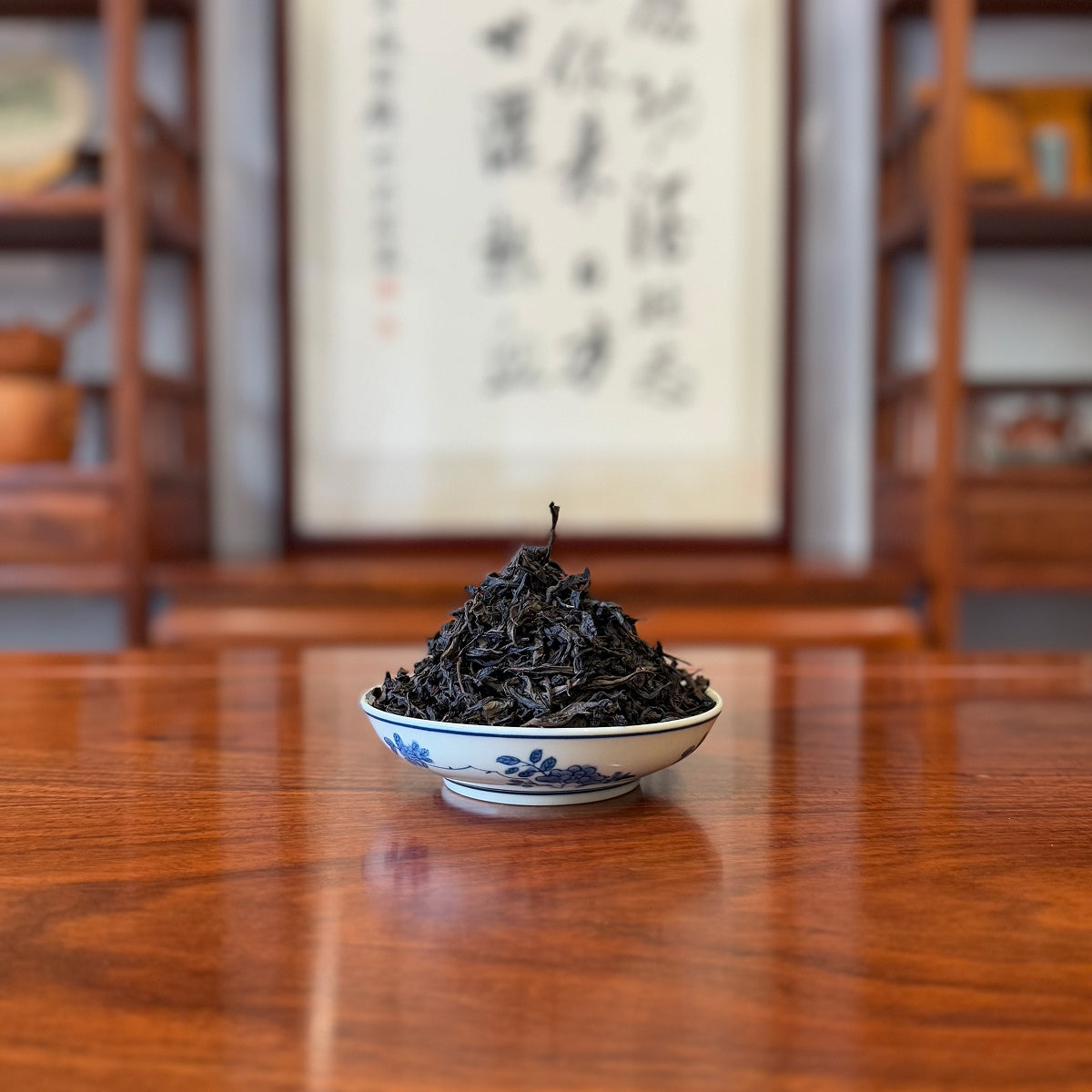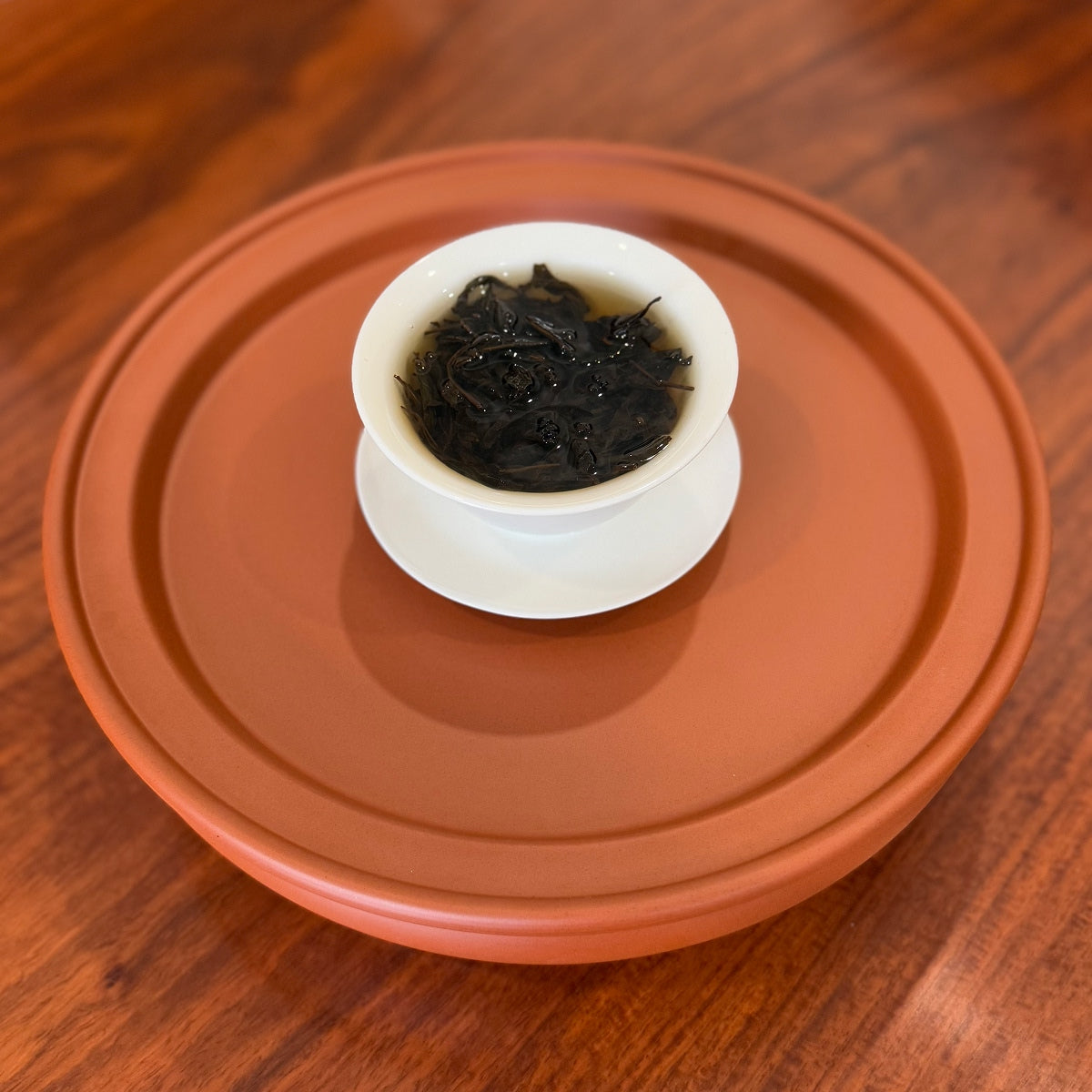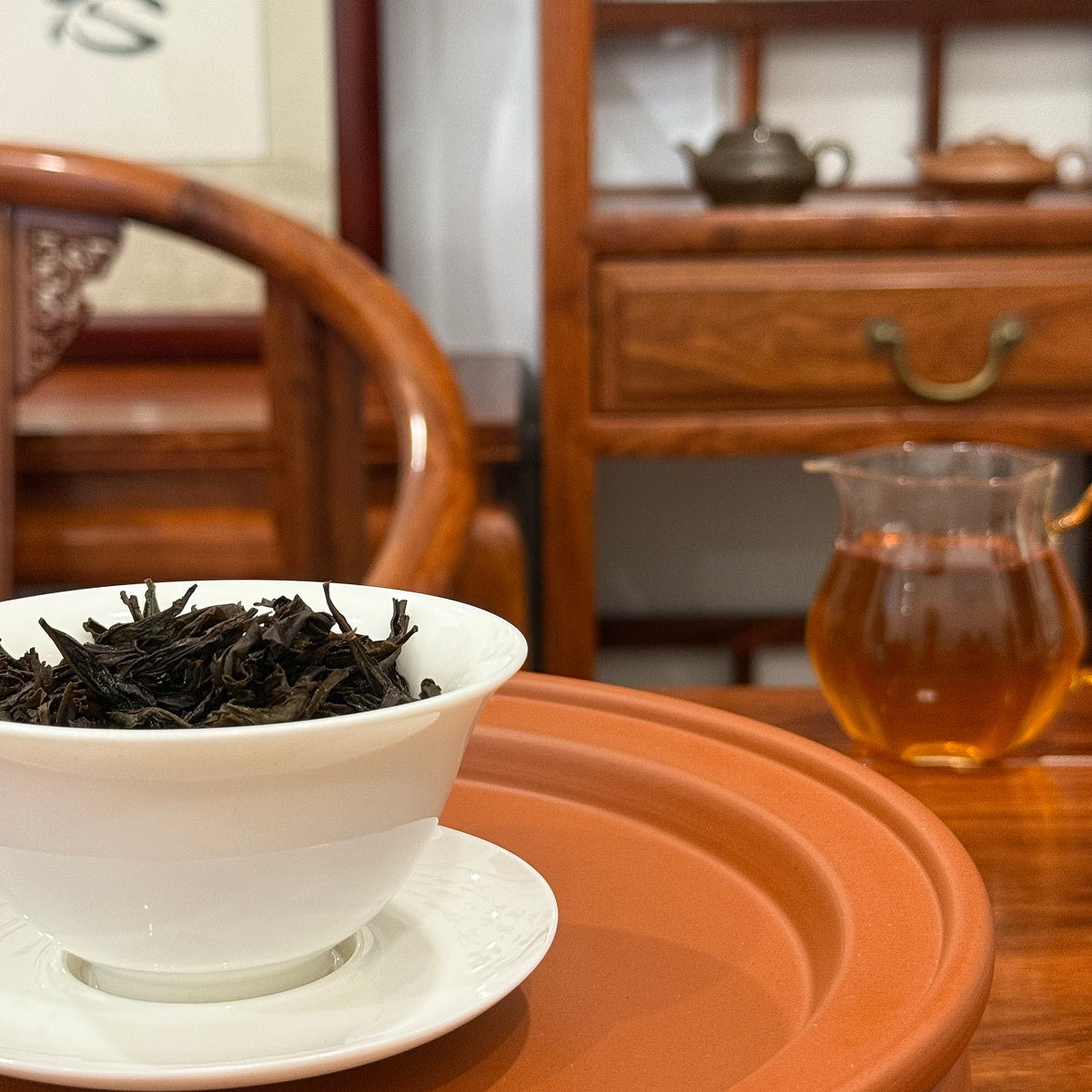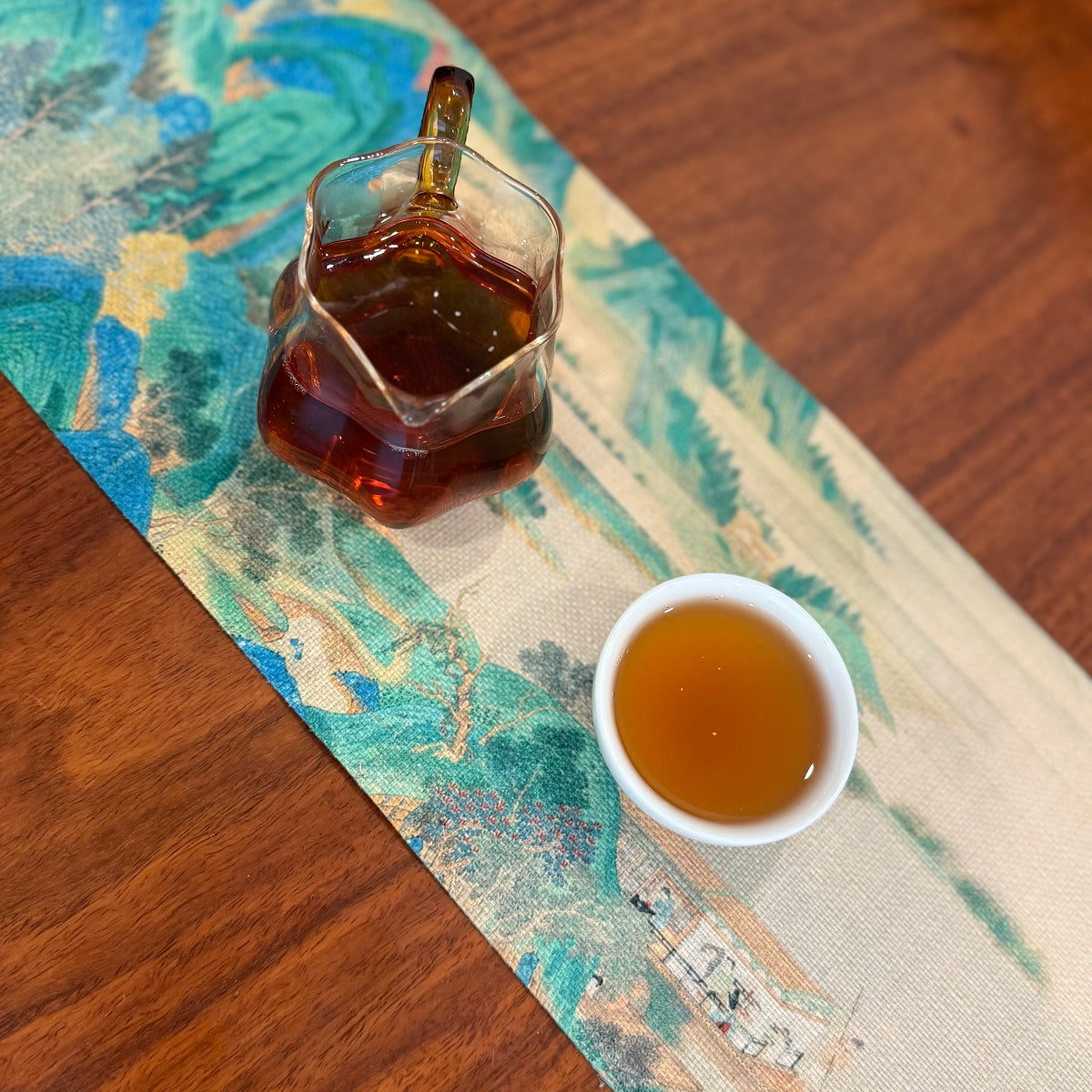In the wave of Pu'er Tea (Puerh Tea) popularity, many tea mountains in Yunnan have risen to fame. Among them, Bingdao Pu'er Tea from Bingdao Village, Mengku, Lincang, Yunnan, is often hailed as the "Queen of Tea."

As a traditional Chinese tea merchant, we have witnessed the astonishing rise in Bingdao Pu'er Tea prices over the past decade. From just a few hundred RMB per kilogram for loose-leaf Puerh Tea, it has soared to tens of thousands of RMB per kilogram, becoming a legendary tea-producing region.
This refers to finished loose-leaf Pu'er Tea; 1 kilogram can produce three standard 357-gram tea cakes.
Although pronounced similarly in Chinese, this “Bingdao” is not “Iceland.” International tea enthusiasts sometimes refer to it as Iceland Puerh Tea.
Bingdao Tea Region and Ancient Tea Trees
Bingdao tea-growing area is located on the mid-slope of the northern section of Bangma Snow Mountain in Mengku. Ancient tea trees grow at an average altitude of 1,600–2,000 meters in Bingdao Village. The region is rich in ecological resources with dense original forests.
According to detailed records, the village has approximately 200 ancient tea trees over 500 years old and about 5,000 trees aged around 100 years.

While the number of tea trees may seem large, the annual production of Ancient Tree Bingdao Pu'er Tea suitable for processing is only around 3 tons. Even in China, where tea is a daily beverage, this is extremely rare. The combination of high quality and strong market demand has made Bingdao ancient tree Pu'er Tea a prized choice among collectors and tea lovers worldwide.
2018 Early Spring Harvest and Tea Leaf Procurement

In 2018, after a brief price drop, three tea tasters from our Chinese Tea Group traveled to Bingdao Village, driven by their love for Bingdao ancient tree Pu'er Tea and respect for its influence in the tea world.
Their mission was to source authentic ancient tree tea leaves and collaborate with an experienced Pu'er Tea factory to produce a genuine Bingdao raw (Sheng) Pu'er tea cake.

Under the guidance of local tea farmers, they carefully selected tea leaves following the strict “one bud two leaves” or “one bud three leaves” standard. A total of 400 kilograms of precious tea leaves (freshly picked tea buds; roughly 3 kilograms of fresh leaves produce 1 kilogram of finished loose-leaf Pu'er Tea) were procured and transported immediately to the nearby factory to ensure freshness and quality.
Traditional Processing of Bingdao Ancient Tree Raw (Sheng) Pu'er Tea Cake
Withering (Shai Qing)

Fresh leaves are first spread in a clean, cool, and ventilated area. This step removes grassy odors and excess moisture while activating chemical components, preparing the tea for the next stages.
Fixation (Sha Qing / Kill-Green)

The kill-green step determines the tea's quality. Skilled tea masters precisely control the pan-frying time in traditional iron pans. Leaves must be evenly and thoroughly heated to prevent oxidation while preserving aromatic compounds and avoiding a burnt flavor. Bingdao tea leaves are delicate, requiring gentle handling during this process.
Rolling (Rou Nian)

Rolling applies moderate pressure to slightly break cell walls, allowing tea juices to coat the leaf surface and aiding uniform chemical transformation. Too much pressure can make tea bitter; too little results in weak flavor. Bingdao tea rolling emphasizes shape and maintaining fine hairs (hao).
Sun-Drying (Shai Qing)

Rolled tea leaves are naturally dried under Mengku’s pure sunlight. The temperature and diffused light impart a unique “sun flavor” and provide the foundation for later chemical transformations. Sun-drying areas must be clean to avoid contamination.
Sorting and Stone-Pressing into Tea Cakes

After sun-drying, tea is left to rest for about 7 days. Leaves are hand-picked to remove yellow leaves and impurities, then blended for consistent flavor. Finally, the tea is softened with steam and pressed into cakes using traditional stone mills. The pressure is moderate, allowing slight air exchange while maintaining a smooth, round shape.
After these precise traditional steps, the Raw (Sheng) Pu'er Tea Cakes are completed.
Launch and Global Sharing
These 2018 Early Spring Bingdao Ancient Tree Raw Pu'er Tea Cakes (Iceland Puerh Tea Cake), after six years of aging and passing through what experienced tea drinkers call the “awkward stage” (neither fresh nor fully matured), were officially released in 2024 at our physical tea store.
In September 2024, after quality stabilization and positive feedback from local tea lovers, the tea was uploaded to our official website, sharing the Bingdao legend with Pu'er Tea enthusiasts worldwide.
Next Steps: Tea Cake Appearance, Aging, and Tasting Experience
With these Bingdao ancient tree Pu'er Tea Cakes now completed and available online, their legendary story is just beginning. We invite you to browse our Pu-erh Tea Collection, where you will find not only Bingdao Pu'er Tea but also a wide range of premium teas to explore.

In the next article, Brewing & Tasting Guide for 2018 Bingdao Ancient Tree Pu’er Tea Cake, our tea masters will provide an in-depth look at these cakes’ appearance, aging characteristics, tasting experience, brewing techniques, and storage tips, offering a comprehensive understanding of the unique charm of Bingdao ancient tree tea.
Related Articles
- Teng Tiao Pu-erh Tea Cake| Rare Vine-Shaped Pu’er Tea from Yunnan
- Gua Feng Zhai Pu'er Tea: The Wild Essence of Yiwu
- Aged Perfection: 2009 Lao Ban Zhang Raw Pu-erh Cake

